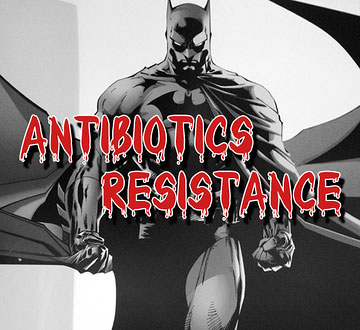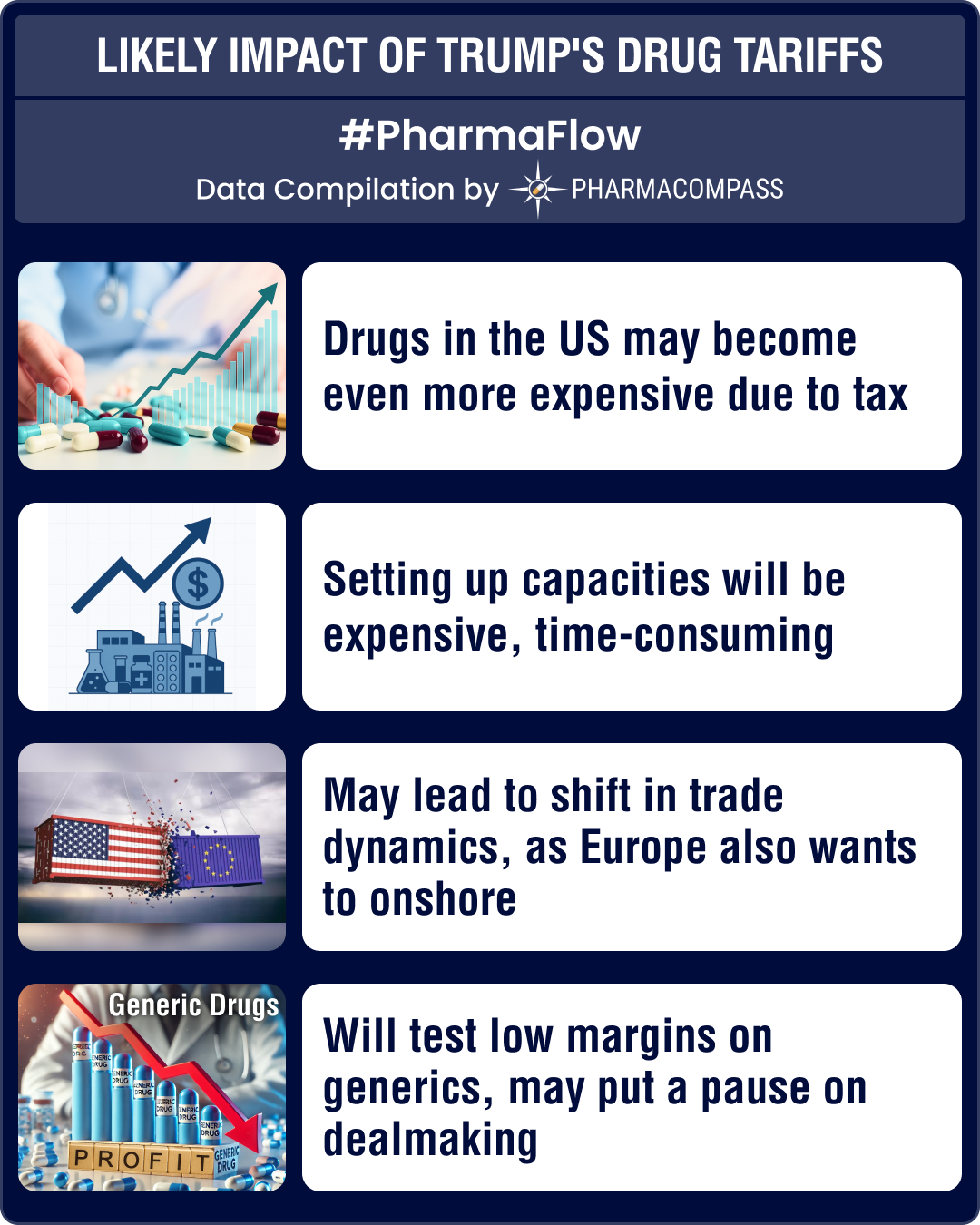
The global war on superbugs, bacteria that grow resistant to drugs, infect humans and defy conventional medicines, just opened another battlefront when antibiotic contamination was found in rivers in China, which wasn’t a result of the factories that produce the antibiotics.
The situation in China can easily be replicated in other countries in the world and in turn, could totally impact you.
Latest situation in China
In the first ever comprehensive study done in China, at the Guanzhou Institute of Geochemistry, rivers around densely populated regions were found to be contaminated with antibiotics at alarmingly high levels.
China the largest producer and user of antibiotics in the world, measured environmental concentrations (MECs) of ciprofloxacin, norfloxacin, ofloxacin, and norfloxacin at levels up to 7560 ng/L compared with Italy (9 ng/L), USA (up to 120 ng/L) and Germany (20 ng/L).
Seven antibiotics were found to have concentrations of over 1,000 nanograms per liter in the environment, a level of extremely serious concern.
Bacterial resistance rates in hospitals (i.e. superbugs) are found to be directly correlated to the environemental concentrations levels and usage of antibiotics.
The Haihe River and the Pearl Rivers, which flow through major Chinese citites of Beijing, Tianjing, Shenzhen and Guangzhou, were found to be the most severely antibiotic-polluted water basins. China’s Pearl River Delta, has overtaken Tokyo to become the world’s largest urban area in both size and population.
The report, focused on 36 frequently detected antibiotics in China and their environmental impact. The total usage for the 36 selected chemicals was 92,700 tons in 2013 with approximately 54,000 tons of antibiotics excreted by human and animals, almost all of which, entered the environement.
It is estimated that half of all antibiotics in China are consumed by animal livestock. Farmers overuse and abuse of antibiotics, by adding them directly to animals’ feed to promote growth.
A key contributor to the environmental contamination problem is that up to 75 percent of antibiotics, fed to animals get excreted into the environment without any waste treatment.
What are the Chinese doing about it?
While, China has no established limits for the allowable level of antibiotics in the environment, there is a strong sense of urgency to address the problem.
As part of the initiatives taken, the Chinese Academy of Sciences has drawn up an Antibiotic Intensity Map of all the country's 58 river basins to monitor the levels of antibiotics at all times. In addition, the Chinese government is taking necessary measures against facilities, which are polluting the environment to ensure compliance.
Measures taken need to be watched closely as China is the antibiotic supplier to most countries in the world. As the Chinese crackdown occurs on factories polluting the environment, European regulators have been suspending imports from Chinese factories for GMP compliance concerns (Zhuhai United is the latest to get a non-compliance report).
Antibiotics resistance will overtake cancer in number of deaths by 2050
Globally all countries, including China are aware that antibiotics resistance is a global healthcare challenge that will overtake cancer in number of deaths by 2050 and cost the world economy almost $100 trillion.
Not only will antibiotic resistance become the leading cause of deaths by 2050, 90% of the 10 million deaths are expected to occur in Asia and Africa. Deaths by comparison for cancer are estimated to be 8.3 million, diabetes 1.5 million, diarrhea 1.4 million and road accidents 1.2 million.
Countries like South Africa, where the government is battling a drug shortage crisis, is an outcome of the situation in China as there is unavailability of commonly prescribed antibiotics.
The use of antibiotics, has become integral to the global medical and food systems. However, the concerns over the resistance to antibiotics has been declared a “national security priority” by the White House while the WHO calls it a serious, worldwide threat to public health.
The Chinese study, has added a new dimension to this global war, where contamination of antibiotics in the water we drink has been highlighted. Contamination caused by human and animal excrement more than the factories producing the antibiotics.
Since humans and animals consume antibiotics globally and there is a carry over of these antibiotics into the environment, it is worth questioning if the water we drink is being controlled for antibiotic levels?
After all, the harm caused by passive smoking has created smoke-free laws, would it be completely ridiculous to discuss antibiotics-free environment legislation?
The PharmaCompass Newsletter – Sign Up, Stay Ahead
Feedback, help us to improve. Click here
Image Credit : sin título-0130.jpg by Pedro Pardo ‘Antibiotics Resistance’ was added to the original jpg. is licensed under CC BY 2.0
“ The article is based on the information available in public and which the author believes to be true. The author is not disseminating any information, which the author believes or knows, is confidential or in conflict with the privacy of any person. The views expressed or information supplied through this article is mere opinion and observation of the author. The author does not intend to defame, insult or, cause loss or damage to anyone, in any manner, through this article.”






